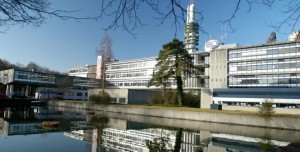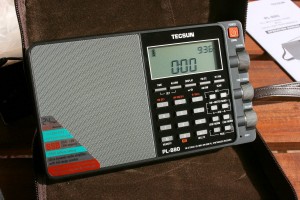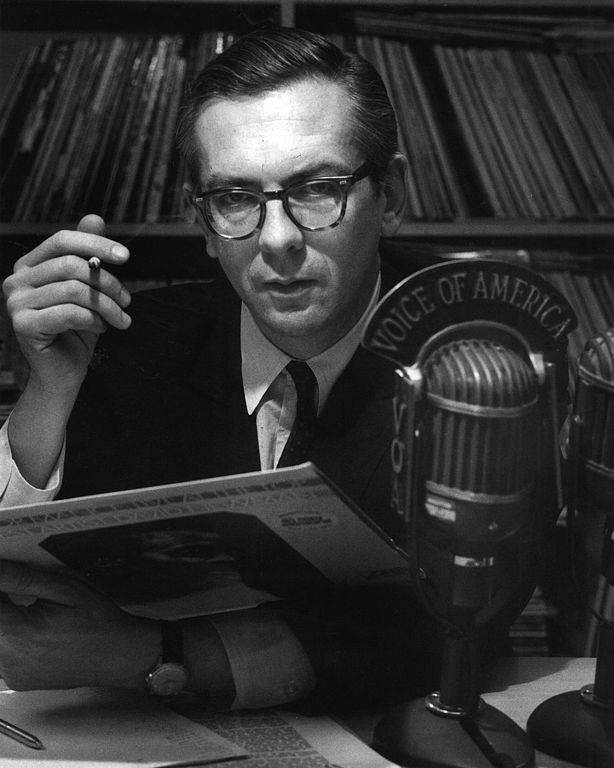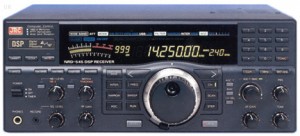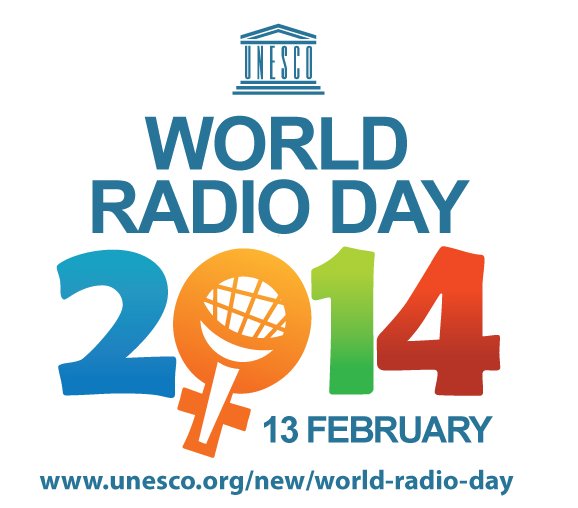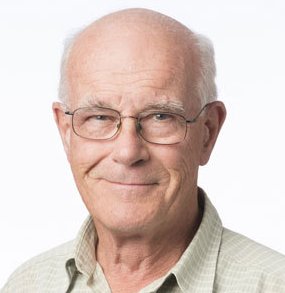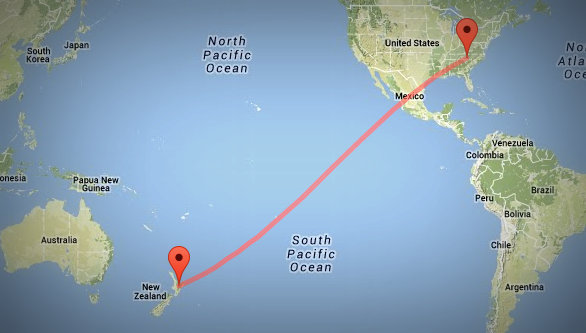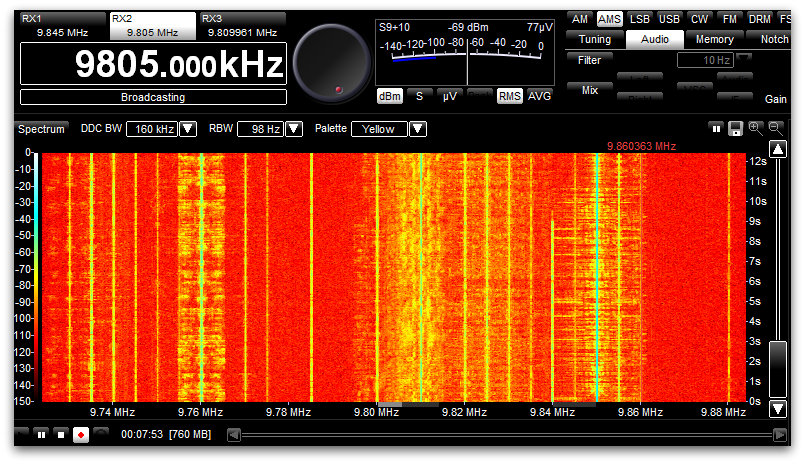Jonthan Marks has just informed me that he’s added new studio recordings to the Media Network Vintage Vault.
They include:
- 7.10.1992. AM Stereo; what went wrong?
- 28.01.1999 Radio’s Future
- 31.12.1999 Radio New Zealand Profile
- 25.02.1999 Budel Radio Museum
- 22.04.1999. Radio Minurca
- 16.01.1997. Radio Ham Revisited
- 12.08.1999 Birthday and the Congo
- 11.02.1999. Remembering JYI Jordan
- Of course the MN Vintage Vault has many more recordings!
Jonathan comments, “I think you might like the Radio New Zealand stuff. Sounds like it was recorded yesterday.”

The New Zealand Bellbird (Anthornis melanura) provides the interval signal for RNZI (Photo: Wikimedia Commons)
Indeed it does!
To top it off, I’m still amazed RNZI is still on the air and pumping out an amazing signal into North America. Click here for a recording made only one week ago.
Having never heard a New Zealand Bellbird live, I was most impressed to hear how RNZI (in the 1950s!) modified the Bellbird’s call for the distinctive RNZI interval signal. Don’t want to give it away, though, listen for yourself.

